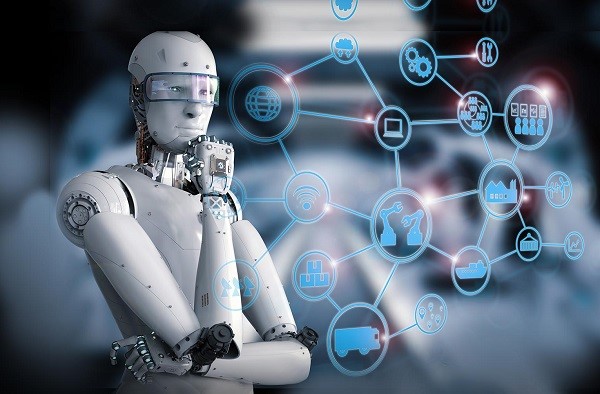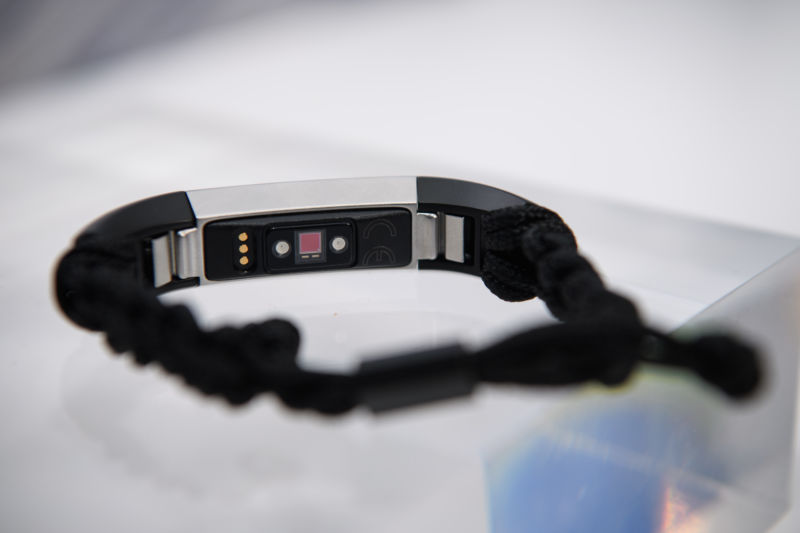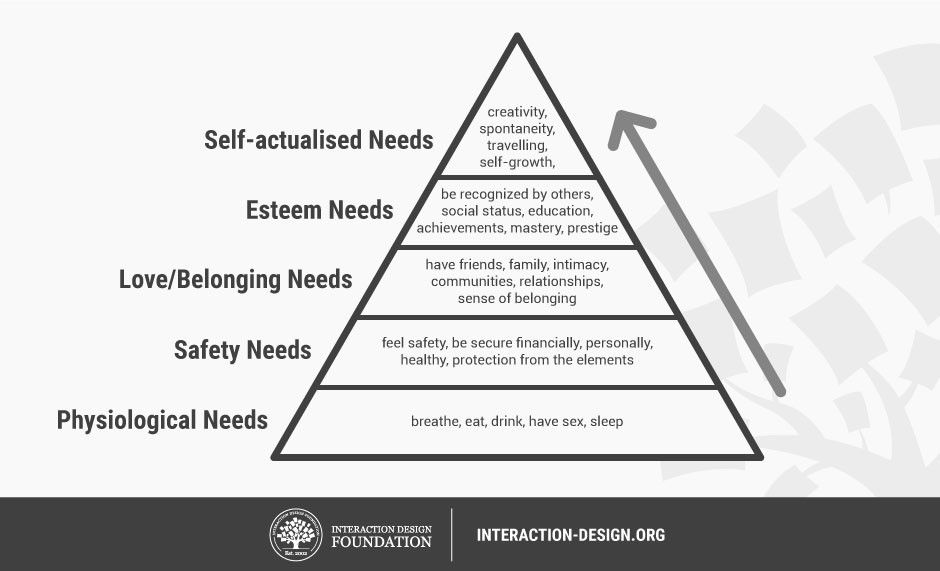Over three years and one global trade war later, the possibility of this scenario has turned from a fringe and ahead-of-its-time concern, to a mainstream and relevant one. As AI continues to advance at a dizzying pace, the real-world applications of AI-related technologies have also increased – and so have concerns about living in a world inundated by intelligent machines capable of performing specific tasks. The dilemma facing lawmakers and leaders today is how developments in Artificial Intelligence will be thoughtfully monitored at a national and global level to protect the interests of man- and womankind, while also allowing enough freedom for citizens, corporations, and governments to leverage the new and rapidly advancing technology to increase efficiencies and generate added value. While there are no easy or glaringly obvious answers to this dilemma, Harvard’s Belfer Center for Science and International Affairs produced a report in 2017 recommending that the National Security Council, DoD, and State Department start studying what internationally agreed-on limits should be imposed on AI.
Rapidly developing technology has not only disrupted industries and business models—there is evidence it is changing consumer behavior and reshaping how companies should view their customers. M&E companies’ outreach campaigns and efforts to make technology user-friendly has paid off with older generations, whose behavior is mimicking younger generations’. Indeed, results from the 12th edition of Deloitte’s Digital Media Trends Survey indicate that the behaviors of Gen Z (ages 14–21), millennials (ages 22–37), and Gen X (ages 38–53) are converging. ... Similarly, half of Gen X respondents reported that they play video games frequently, almost matching Gen Z and millennial respondents. As a result, many M&E providers are struggling to segment media consumption habits based only on generational behavior. Demographic generalizations—such as the assumption that people of the same gender and in a similar age and income bracket will consume products and services the same way, and be engaged by the same marketing ploys—are less accurate than they used to be.
AI for security can help defenders in a myriad of ways. However, there are also downsides to the emergence of AI. For one, the technology has also been leveraged by cybercriminals, and it’s clear that it can be co-opted for various nefarious tasks. These have include at-scale scanning for open, and vulnerable ports – or automated composition of emails that have the exact tone and voice of the company’s CEO, learned over time by 24-7 eavesdropping. And in the not-too-distant future, that automatic mimicking could even extend to voice. IBM scientists for instance have created a way for AI systems to analyze, interpret and mirror users’ unique speech and linguistic traits – in theory to make it easier for humans to talk to their technology. However, the potential for using this type of capability for malicious spoofing applications is obvious. And meanwhile, the zeal for adopting AI across vertical markets – for cybersecurity and beyond – has opened up a rapidly proliferating new attack surface—one that doesn’t always feature built-in security-by-design.
Bringing cloud intelligence to the edge in connected factories
A ton of new scenarios are enabled by the ability to run AI, that formerly only lived in the cloud, on local devices. Machine learning can now be used in IoT scenarios that require real time responses. Performance of solutions can be increased by eliminating the time it takes to transmit data to the cloud and back, you achieve close to instantaneous data analysis, which is vital to making critical operating decisions. Mission and safety critical IoT solutions are now resilient to internet connectivity. Azure IoT Edge enables devices to continue operating and transmitting data for analysis even offline, ensuring reliable production even with intermittent internet connectivity. Finally, IoT solution costs are decreased. Transmitting all your data to the cloud can be expensive, especially if you have facilities in remote places where internet access is expensive. By doing your analysis at the edge, you reduce the amount of data that you need to send to the cloud.
In simple words, it is the part of an artificial intelligence program that helps the computer to learn and adapt without being programmed to learn each new change. The commercial reign exploits and makes use of machine learning and term it as “predictive analytics.” Predictive analytics helps and allows researchers, data scientists and engineers to produce reliable results learning through the history and pattern of data input. ... As the world is continuing to develop artificial intelligence and machine learning software, India is also keeping up with the growth. The government of India has also started to focus on developing their own plan for AI. Software development companies in India are now focusing on creating artificially intelligent computer programs that may be used to assist human intelligence in fields like healthcare, weather and climate, crowd management, space research, and education. App developers and many app development companies in India, agencies are now coming up with the application of machine learning
The automation imperative
While automation success is possible through either traditional top-down (waterfall) deployment or more flexible agile methods, a systematic approach is key. Only 5 percent of respondents at successful companies say their deployment methods have been ad hoc, compared with 19 percent of peers not reporting success ... What’s more, successful organizations are implementing different automation technologies from the ones other organizations are adopting. Respondents with successful automation efforts are more than twice as likely as others to say their organizations are deploying machine learning. They are also more likely to cite the use of other cognitive-based automation capabilities, such as cognitive agents and natural-language processing. At respondents’ organizations overall, the most commonly adopted automation technology is robotic process automation, which respondents say is deployed in equal shares of successful and other organizations.
Remembering that Navarra was also wearing a Fitbit on her left wrist at the time of her death, the investigators also worked to crack into that data. They ended up getting a search warrant for it. Fitbit Director of Brand Protection Jeff Bonham took custody of Navarra’s device and worked on retrieving data on her heart rate and movements from her final days. The investigators noted that Navarra’s desktop computer was just five to ten feet away from where they found her body in the dining room. Her last recorded movement was on Thursday, September 13, approximately when the coroner removed her body from her home. Before that, her last movement was on Saturday, September 8, the day Tony dropped off the pizza. It was also the last day the device recorded her heart rate. The Fitbit recorded a “significant” heart rate spike at 3:20pm, and it then rapidly declined. By 3:28—while Tony’s car was still parked in her driveway—her heart had stopped beating, according to the device.
A source of controversy due in part to fears for human employment, the presence of robots in our daily lives is nevertheless inevitable, engineers at the conference said. The trick to making them more palatable, they added, is to make them look and act more human so that we accept them into our lives more easily. In ageing societies, "robots will coexist with humans sooner or later", said Hiroko Kamide, a Japanese psychologist who specialises in relations between humans and robots. Welcoming robots into households or workplaces involves developing "multipurpose machines that are capable of interacting" with humans without being dangerous, said Philippe Soueres, head of the robotics department at a laboratory belonging to France's CNRS scientific institute. ... As such, robots must move around "in a supple way" despite their rigid mechanics and stop what they are doing in case of any unforeseen event, he added. That's why people are choosing "modular systems shaped like human bodies" which are meant to easily fit into real-world environments built for humans.
An Empathy Map is just one tool that can help you empathise and synthesise your observations from the research phase, and draw out unexpected insights about your user’s needs. An Empathy Map allows us to sum up our learning from engagements with people in the field of design research. The map provides four major areas in which to focus our attention on, thus providing an overview of a person’s experience. Empathy maps are also great as a background for the construction of the personas that you would often want to create later. An Empathy Map consists of four quadrants. The four quadrants reflect four key traits, which the user demonstrated/possessed during the observation/research stage. The four quadrants refer to what the user: Said, Did, Thought, and Felt. It’s fairly easy to determine what the user said and did. However, determining what they thought and felt should be based on careful observations and analysis as to how they behaved and responded to certain activities, suggestions, conversations, etc.
How to explain containers in plain English

Software containers can nonetheless be a bit challenging to explain, particularly if the audience isn’t technical and doesn’t understand certain fundamentals about how software gets built and operated. ... Containers solve the packaging problem of how to quickly build and deploy applications. They’re akin to virtual machines, but with two notable differences: they’re lightweight and spun up in seconds; and they move reliably from one environment to another (what works on the developer’s computer will work the same in dev/test and production). In the digital era, applications are the business – speed and innovation are creating winners and losers across all industries. The beauty of containers, and why organizations are moving in this direction, is that they dramatically speed-up development.
Quote for the day:
"Without growth, organizations struggle to add talented people. Without talented people, organizations struggle to grow." -- Ray Attiyah







No comments:
Post a Comment